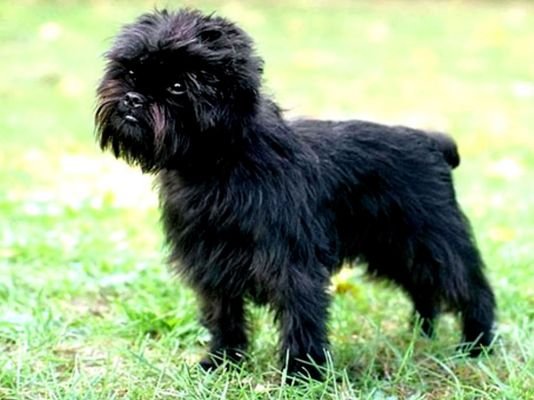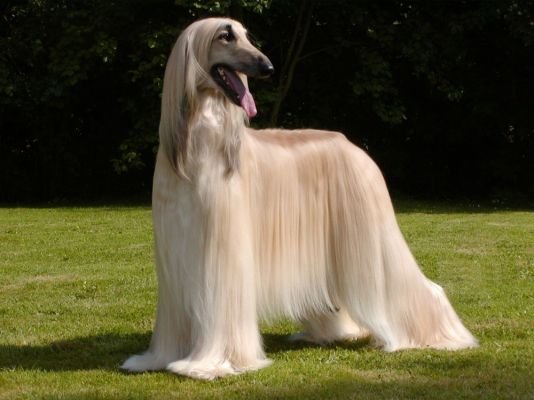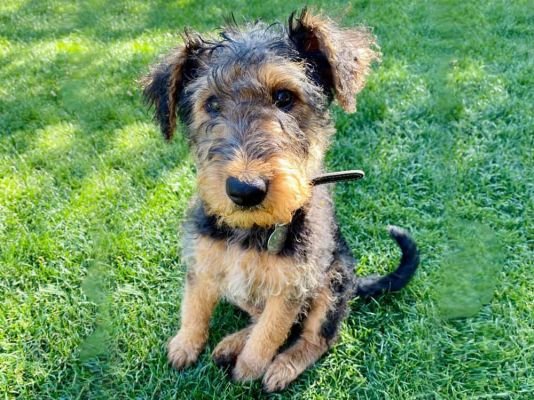
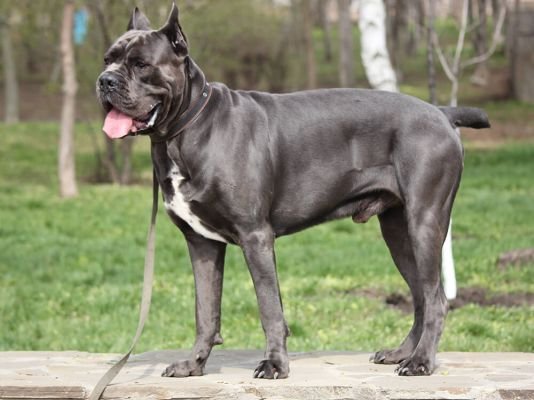
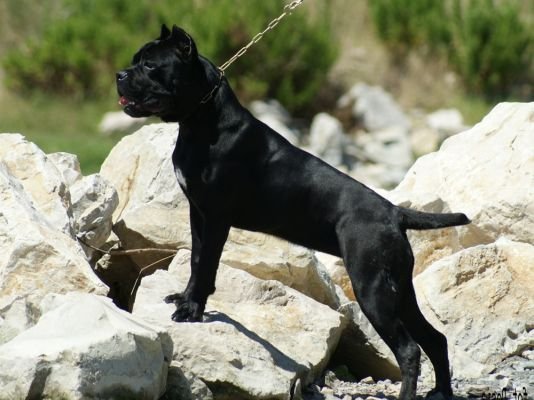
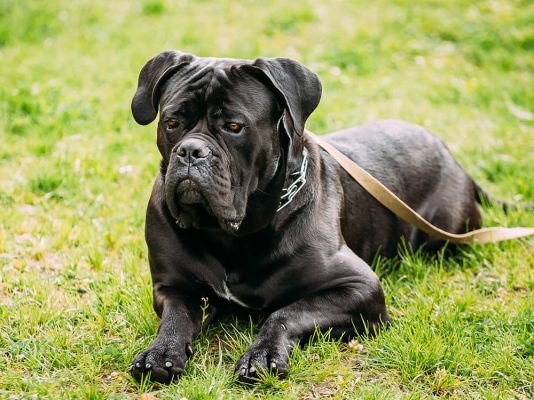
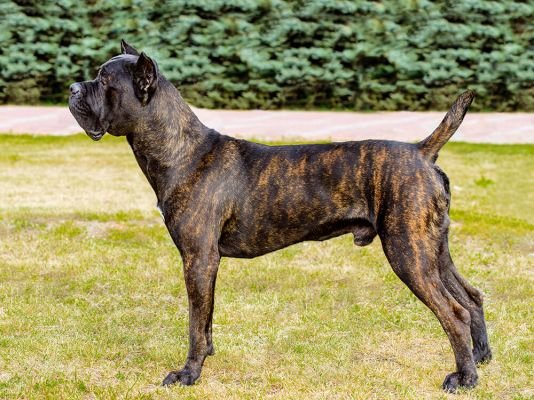
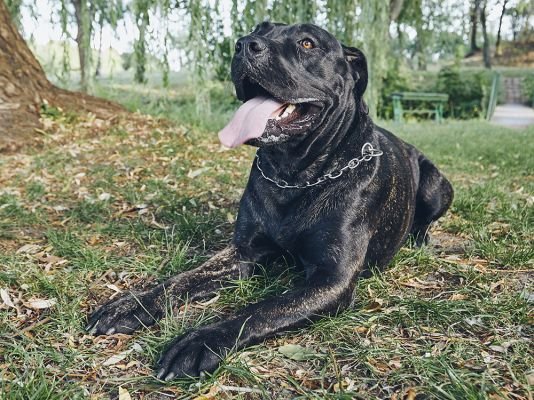
Meet the Cane Corso: Italy’s Noble Guardian with a Warrior’s Heart
Imagine a dog bred to charge into Roman battles with flaming oil buckets strapped to its back—that’s the Cane Corso! This Italian mastiff combines ancient warrior grit with modern-day loyalty, making it a standout protector and family companion. But before you fall for its soulful eyes and muscular frame, let’s unpack what makes this breed both awe-inspiring and demanding.
Quick Snapshot
| Trait | Cane Corso |
|---|---|
| Height | 24–27″ (60–68cm) ♂/♀ |
| Weight | 88–110 lbs (40–50kg) ♂/♀ |
| Lifespan | 10–11 years |
| Coat | Short, glossy; black, gray, fawn, or brindle |
| Energy Level | High (80+ mins/day) |
| Barking | Moderate (alert guardian) |
Looks & Grooming Hacks
Think “Roman gladiator meets sleek athlete”:
- Signature Style: Broad skull with a powerful jawline, almond-shaped eyes radiating intensity. Coat colors range from jet black to warm fawn, often with subtle brindle stripes.
- Grooming 101: Brush weekly with a rubber mitt to minimize shedding. Baths? Only when muddy—their short coat naturally repels dirt. Pro tip: Wipe those droopy jowls after meals to avoid slobber trails!
- Ear Alert: Natural floppy ears trap moisture. Clean weekly with vet-approved wipes to prevent infections.
Fun Fact: Their name comes from Latin cohors (“protector”)—a nod to their history as farm guardians in southern Italy.
Personality: Loyal Protector, Gentle Giant
This breed’s a paradox: 60% “fierce guardian,” 40% “family snuggle expert”:
- Kid-Friendly? Patient with older children they’re raised with. Toddlers? Supervise—their size could accidentally knock little ones over.
- Stranger Danger: Aloof with new faces but not aggressive. Early socialization is critical to curb overprotectiveness.
- Training Tip: Use calm confidence, not force! They respect firm but kind leaders. Start obedience training at 8–10 weeks—never skip this!
Key Insight: Bred to work independently, they thrive with jobs like agility or scent work. A bored Corso = chewed furniture!
Pros & Cons
| Pros | Cons |
|---|---|
| Natural protector (instincts unmatched) | Overwhelming for first-time owners |
| Low-maintenance grooming | Prone to bloat (feed 2–3 small meals/day) |
| Calm indoors (when properly exercised) | High prey drive (not cat-friendly!) |
Health & Nutrition
Diet Essentials:
- Adults: 4–5 cups high-protein kibble (30%+ meat) for muscle/joint health. Avoid grains—common allergy trigger.
- Snack Hack: Frozen bone broth cubes (hydration + joint support!). Skip chicken—many develop sensitivities.
- Watch For: Hip dysplasia (common in giants) and gastric torsion (bloat). Annual vet checks are non-negotiable.
Exercise Musts:
- Morning: 45-minute brisk walk (let them “patrol their territory”).
- Evening: Tug-of-war or agility drills (mental + physical workout!).
Spotting a Healthy Pup
| Trait | Healthy Pick | Red Flags! |
|---|---|---|
| Eyes | Bright, almond-shaped | Cloudiness or excessive tearing |
| Movement | Powerful, fluid strides | Limping or stiffness |
| Temperament | Alert but calm | Extreme fear or aggression |
Ethical Breeder Checklist:
- Health clearances: Hips (OFA), elbows, heart.
- Meet both parents—should be confident, not skittish.
- Puppies raised in home environments (not isolated kennels).
Final Thought
The Cane Corso isn’t just a pet—it’s a lifelong commitment. Perfect for experienced owners needing a loyal shadow who’d face a bear for you. Skip if you’re urban or timid… but if you’re ready for a living legend, this breed’s unmatched.
P.S. Rescue alert! Check European mastiff rescues—some retired guardians need homes. Adopting one? That’s embracing history with a wagging tail.
